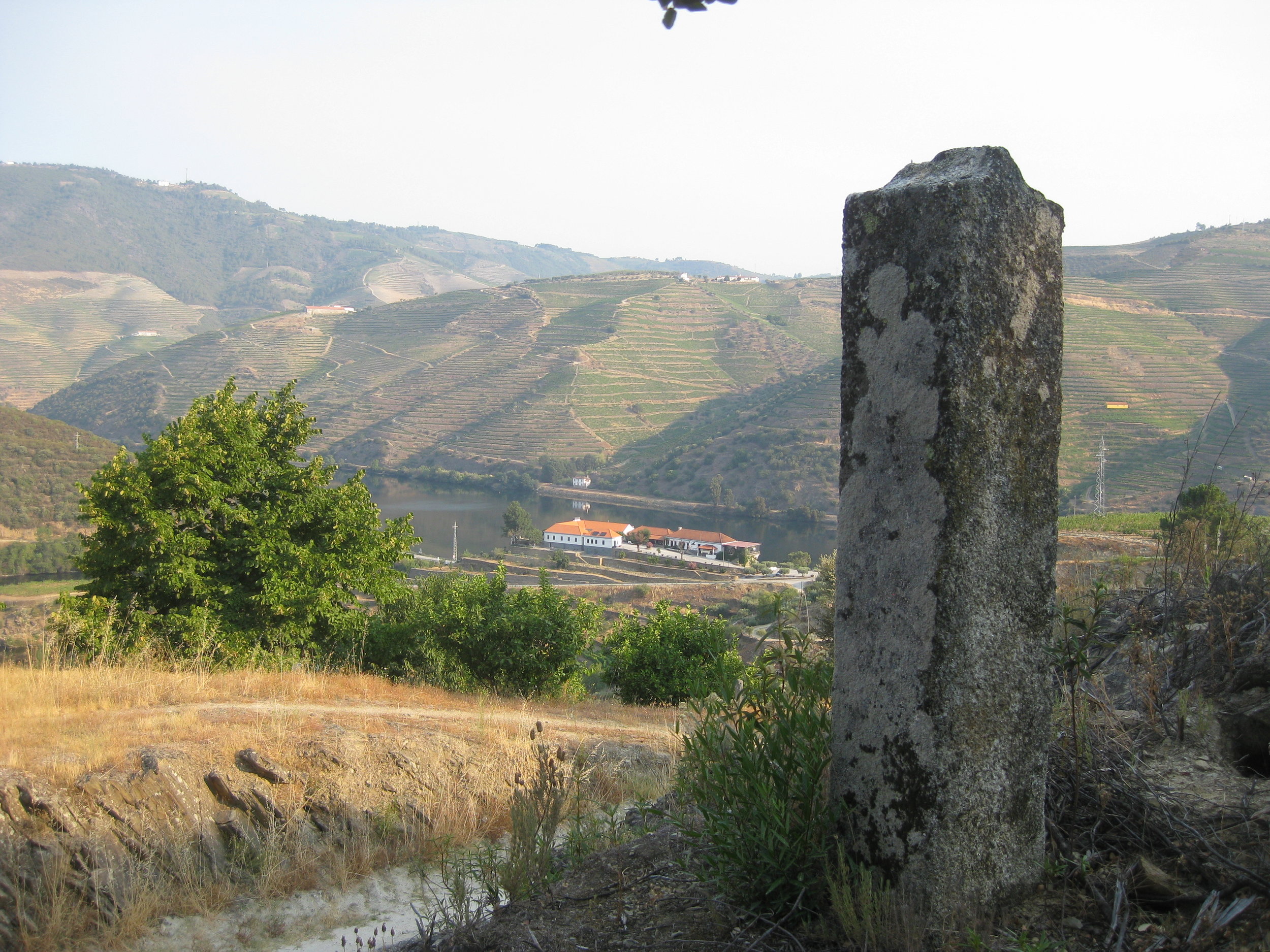Notre nouvelle huile d'olive vierge extra 2024 est arrivée !
Situés au cœur du Douro, nos 6 hectares de 800 oliviers ont entre 50 et 100 ans.
L'huile d'olive, élément essentiel de la diète méditerranéenne et reconnue comme patrimoine culturel immatériel par l'UNESCO, continue de gagner en importance à Quinta do Tedo dans le cadre de notre offre de tourisme rural et gastronomique.
L'olivotourisme gagnant du terrain, nous avons investi dans des visites de fermes et de pressoirs d'olives et dans des formations techniques de dégustation d'huile d'olive pour nos Guides Touristiques, et nous vous proposons une Dégustation d'Huile d'Olive unique qui compare trois huiles d'olive vierges extra de différentes régions (y compris l'huile d'olive bio de notre Quinta do Tedo).
Nous continuons à planter des oliviers dans les espaces libres situés entre ou en bordure de nos 12 hectares de vignobles et des matos (forêt arbustive méditerranéenne). Compte tenu de ce qui précède et de l'histoire de l'huile d'olive portugaise ci-dessous, vous comprendrez pourquoi...
— extrait écrit par Odile Bouchard pour le blog touristique portugais d'un partenaire de 2022 —
"Les oliviers sont cultivés depuis 5 000 ans avant J.-C., d'abord en Iran, en Syrie et en Palestine, puis par l'Empire Romain à travers le bassin méditerranéen jusqu'au Portugal, où ces arbres résistants à la sécheresse, au feu et à la pourriture prospèrent. Les Maures ont perfectionné l'oléiculture au Portugal à partir des années 1700. Le terme portugais désignant l'huile d'olive, azeite, vient en fait de al-zeit, mot arabe signifiant « jus d'olive ».
Au fil des siècles, l'huile d'olive est devenue une partie intégrante du régime alimentaire et de l'économie méditerranéenne, considérée comme de « l'or liquide » car elle n'est ni facile à produire ni économique à consommer. Elle était appréciée et échangée comme source de nutrition, de médecine et même de combustible pour l'éclairage au milieu du XVe siècle. Aujourd'hui, les Portugais consomment en moyenne 8 litres d'huile d'olive par personne par an.
Les Italiens et les Espagnols achetaient et revendaient l'huile d'olive portugaise comme leur propre huile, d'où son manque de réputation internationale. La production d'huile d'olive portugaise a également chuté dans les années 1960 avec l'introduction de la margarine, une matière grasse moins chère et supposée plus saine. Lorsque le Portugal a rejoint l'UE en 1986, le gouvernement a offert aux agriculteurs des subventions pour détruire les oliveraies non rentables dans afin de mieux utiliser les terres à des fins agricoles.
Au début des années 2000, profitant de la réputation internationale croissante de l'huile d'olive comme « aliment sain » et même comme produit de luxe, le gouvernement et les entrepreneurs portugais ont commencé à investir dans la production et la promotion de leur huile d'olive nationale, icône de la culture et de la gastronomie portugaises, à un prix qui pourrait leur rapporter de l'argent (bien que l'huile d'olive portugaise soit encore très abordable pour sa qualité !) L'attention s'est portée sur les oliviers restants qui ont été plantés sur les terrasses en pierre du Douro (pour remplacer les vignobles ravagés par le phylloxéra à la fin des années 1800), et dans le sud du Portugal (pour soutenir le boom de l'industrie de la mise en conserve des sardines dans les années 1900).
Aujourd'hui, les six appellations d'origine protégée (AOP) d'huile d'olive portugaise remportent des médailles d'or lors de concours internationaux et ornent la haute-cuisine Michelin. Depuis 2016, le Portugal est le 8e producteur mondial d'huile d'olive de qualité - l'huile d'olive portugaise reçoit enfin la reconnaissance qu'elle mérite."
—
À Quinta do Tedo, nous cultivons les principales variétés du Douro - Cordovil, Cobrançosa, Verdeal, Carrasquenha et Moleirinha - de manière bio et sans irrigation.
Outre la production d'un produit de haute qualité, traditionnel et délicieux, les oliviers ajoutent de la biodiversité à notre domaine de 18 hectares et à la réserve écologique de la Rivière Tedo ; les asperges sauvages poussent sous les oliviers au printemps, et les mésanges bleues, hiboux et martinets communs nichent ou se nourrissent dans leurs branches au long de l'année.
Nos oliviers sont traditionnellement récoltés à la main fin octobre ; notre équipe les frappe avec de longs bâtons jusqu'à ce que tous les fruits mûrs tombent dans des filets répartis autour de leurs bases.
Nos olives sont ensuite pressées à froid en lot individuel (et non mélangées à celles d'autres producteurs, comme c'était le cas dans les coopératives jusqu'à ce que des moulins indépendants commencent à ouvrir au début des années 2000) dans notre moulin bio à proximité.
Notre nouvelle huile d'olive décante pendant l'hiver - les températures froides facilitent la sédimentation des solides et des impuretés restants - avant d'être mise en bouteille et étiquetée à la main. Le résultat final ? Notre huile d'olive vierge extra, fruitée et intense, avec une touche épicée et poivrée, un milieu de bouche plein et une longue finale - iconique, délicieuse et gastronomique !
L'huile d'olive extra vierge de Quinta do Tedo est un best-seller, elle est de nouveau en stock avec un nouveau lot de 2024, et elle est disponible à l'achat et expedition ((UE, États-Unis, Royaume-Uni) via notre Salle de Dégustation, boutique en ligne ou bon de commande traditionnel, ou par email à commandes_orders@quintadotedo.com. Nous nous réjouissons de partager les premières bouteilles avec vous !
~ Odile & Kay Bouchard



























